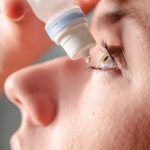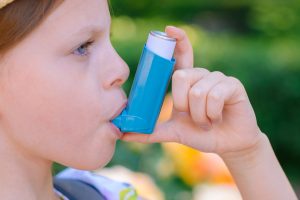
Even Valentine’s Day apparently doesn’t trump the start of a brand new year when it comes to getting frisky. Sales of the morning-after pill surged across the U.S. after New Year 2022, new research shows. Nearly 41,000 extra pills were sold in the following week, a period linked to increased risks of unprotected sex. Sales of emergency contraception also rose after other holidays such as Valentine’s and Independence Day but not as much, a team led by Brandon Wagner of Texas Tech University report in the Christmas issue of the BMJ. While the annual New Year’s sale spike might seem funny, Wagner’s team points out in a journal news release that “it is indicative of unmet contraceptive need that calls for further attention” amid tightened restrictions on abortions in many U.S. states. The increased sexual activity associated with New Year’s is less likely to be protected due to increased drinking, they point out. New Year’s Eve has also been linked to increased rates of sexual assault and limited access to other forms of birth control because clinics, medical offices and shops close early or altogether. For the new study, researchers analyzed retail scan data for levonorgestrel, an over-the-counter medication available without age restrictions. While effective when taken within as many 96, and possibly 120, after unprotected sex, it’s more likely to work the sooner it… read on > read on >






































